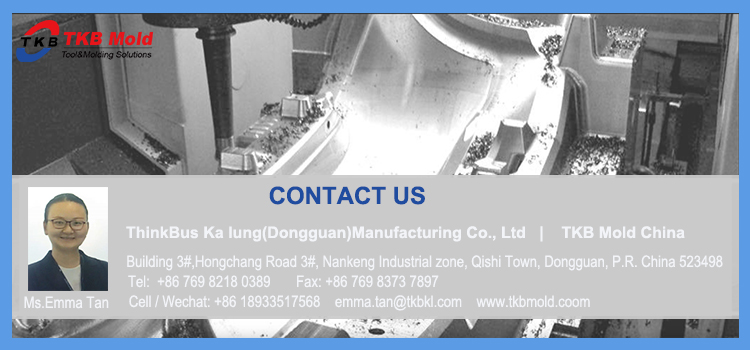About tpr overmolding mold
TPR (thermoplastic rubber) overmolding is a process in which a layer of TPR material is molded over an existing substrate or component. The TPR material is typically a soft, rubber-like material that provides additional grip, cushioning, or protection to the underlying component.
To create a TPR overmolding mold, the mold designer will typically start with a base mold that corresponds to the shape of the substrate or component being overmolded. The base mold is designed to leave a void or cavity in the desired shape and location for the TPR material.
Next, a second mold is designed to fit over the base mold and create the cavity for the TPR material. This mold is designed with the shape and location of the final TPR overmold in mind. It may have one or more cavities, depending on the complexity of the overmold shape.
Once the two molds are designed and manufactured, the TPR overmolding process can begin. The substrate or component is placed into the base mold, and the TPR material is injected into the second mold cavity. The second mold is then closed and clamped to the base mold, and the TPR material is allowed to cure.
Once the TPR material has cured, the molds are opened, and the overmolded part can be removed. The resulting TPR overmold will conform precisely to the shape of the underlying component and provide the desired properties, such as increased grip or cushioning.
Overall, TPR overmolding molds are used to create parts that require the soft, rubber-like properties of TPR material while also retaining the shape and functionality of the underlying component. This process is often used in the manufacturing of products such as tool handles, toys, and consumer electronics.



































